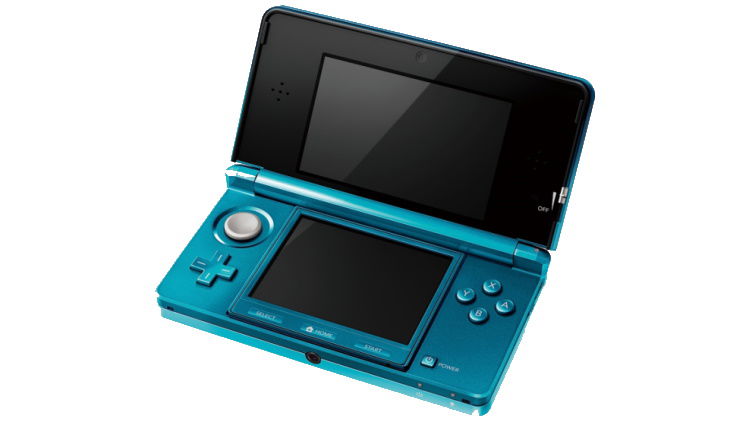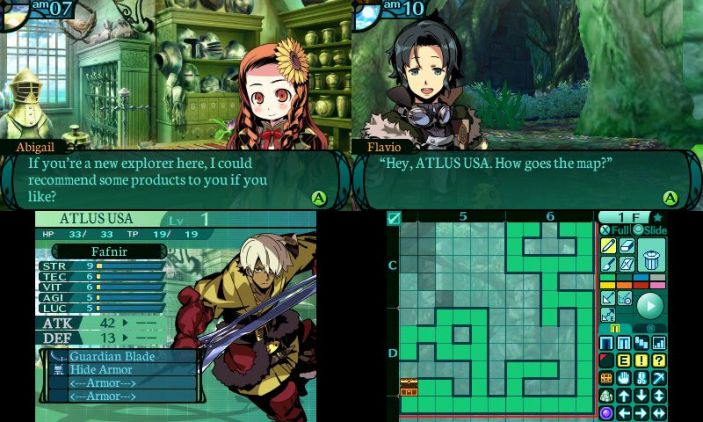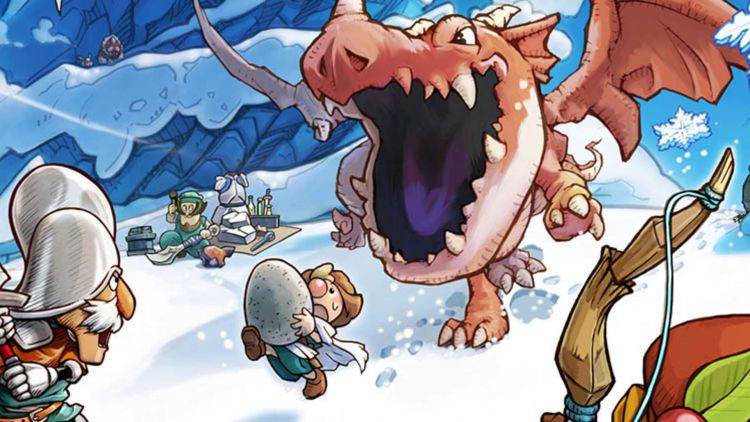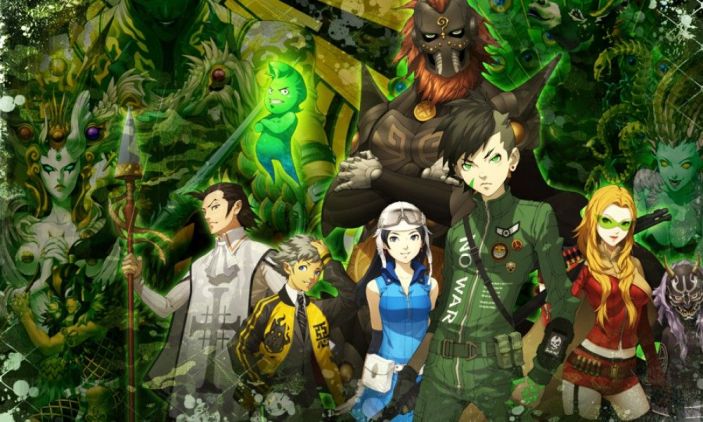Earlier this year, Nintendo announced that the Nintendo 3DS eshop would be closing in March 2023. Not only did the 3DS allow me to continue playing the RPG collection I’d obtained for the original DS, but there were also certain 3DS JRPGs that helped me enjoy adventures more. These games included Etrian Odyssey Untold II, Fantasy Life, and Shin Megami Tensei IV: Apocalypse.
Prior to getting these games, I always felt compelled to rush through JRPGs without really savoring the characters or story until the very end of a game. This is partly due to how action RPGs and turn-based RPGs like Radiant Historia or Kingdom Hearts Dream Drop Distance are structured. By putting the player in a cycle of going to a place, fighting in a dungeon, and then going to another place, creates a feeling of being rushed to fight and save the world. It doesn’t help that going to another town may result in encountering enemies or that you may have to level grind by repeatedly fighting enemies.
While combat in JRPGs is the norm and can be a good way to blow off steam, I began to feel weary from fighting to save the world without having the chance to soak it in. Things started to change when I played my first dungeon crawler RPG, Etrian Odyssey Untold II. For the uninitiated, Etrian Odyssey is a series of first-person dungeon crawlers published by Atlus that usually involve the player creating their own party from a set of character classes before exploring and mapping a sprawling labyrinth with several floors and dangerous mini-bosses. Not only does Etrian Odyssey Untold II allow you to do this in a feature known as “Classic Mode,” but there is also a “Story Mode” that allows you to play with original characters with pre-set classes.
Not only did starting the game from “Story Mode” make the game accessible for someone used to traditional RPGs, but setting the game’s difficulty to “Picnic” made the mini-bosses deal out less damage to the characters. These features along with the game’s exploration premise, allowed me to slow down and appreciate a game world for the first time.
As I gradually mapped each floor using the 3DS touchscreen, I started to appreciate the lush graphics of each labyrinth stratum, Yuzo Koshiro’s beautiful and exciting music soundtrack, and the little nooks I’d find like a shortcut between walls or a sparkling area to mine ingredients for making food at the town’s restaurant.
Speaking of the restaurant, it was another favorite feature because making a variety of food gives your party certain buffs, and it was nice to take a break from the storyline or subquests to go mine ingredients once I had mapped out certain floors. It was also hilarious to see the character’s reactions to trying certain foods, especially that of Chloe, a stoic yet food-loving girl that became my favorite character.
Although the mini-bosses and regular stratum bosses gave me some challenges, fighting them never stressed me out too much because of how well I leveled my characters and the skills I gave them via Grimoires. By the time I finished the game’s “Story Mode”, I was satisfied with my adventure.
Later on, the action RPG Fantasy Life would further enhance my appreciation for exploration. In this game, you create a character and give them a “Life” based on several job classes such as Wizard, Cook, or Miner. You are then plopped into the world of Riviera, meet a talking fairy, and gradually unravel the mystery of giant stones falling from the sky. By exploring places ranging from a snowy mountain to an arid desert, you meet colorful characters who can become your allies as you try and save the world.
Not only do you explore more of Riviera as you progress through the storyline, but your character can reach their full potential by taking on multiple lives. At any time, you can switch your Life to another job class to learn skills that complement your initial class or build your ideal fictional avatar. For example, I started off as a Wizard but soon switched to the Miner and Alchemist classes. As a Miner, I could get ores and ingredients to use as an Alchemist and then make potions and accessories to use as a Wizard.
To progress through your lives and the storyline, you complete a set of tasks that are listed as part of the main quest and subquests. While this might be a turn-off to some, this worked in my favor because this gave me an incentive to explore Riviera. I could gather materials, fight monsters until I ran low on potions, restore my health and magic with sleep, craft more items, and do it all again.
Recently, Shin Megami Tensei IV Apocalypse became an unexpected delight as my first foray into the Shin Megami Tensei series. Set in a post-apocalyptic modern world of a war between angels and demons, this game has you playing a teenage hunter named Nananshi as you use demons and human allies to fight for humanity’s survival.
Despite the game’s darker aesthetic, this game managed to charm me due to having huge areas to explore, an interesting cast of characters, and many demons to recruit and strengthen through fusion. The areas you explore consist of hidden passages, run-down city areas, and occasionally beautiful areas like a cherry blossom forest or a cave of waterfalls. Although you traverse these areas to complete the main storyline as well as subquests, my main motivation for exploring these areas is to recruit demons inspired by myth, folklore, and horror.
Together, Etrian Odyssey Untold II, Fantasy Life, and SMT IV Apocalypse taught me to savor adventure. Instead of the dullness of rushing through a storyline or level grinding, I could relax and appreciate aspects of the game world, such as the music, graphics, or monsters turned allies. Given how real life can feel rushed and monotonous as you go from home to work and back again, it’s nice to have a fictional world to relax in.





